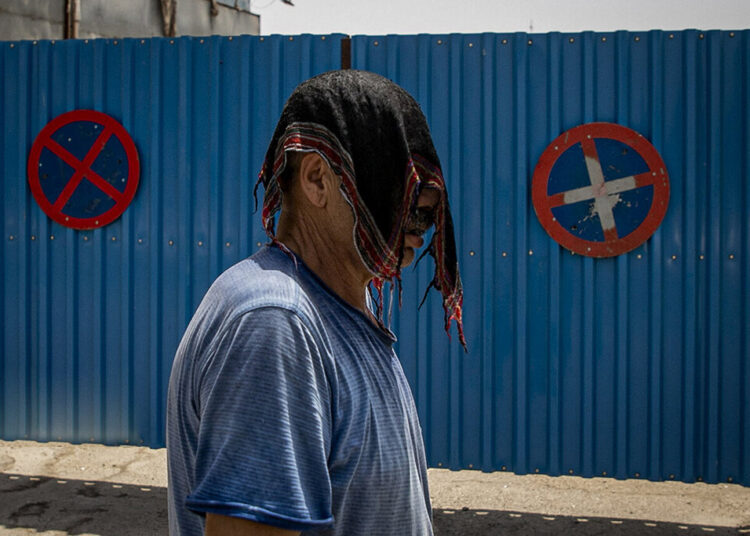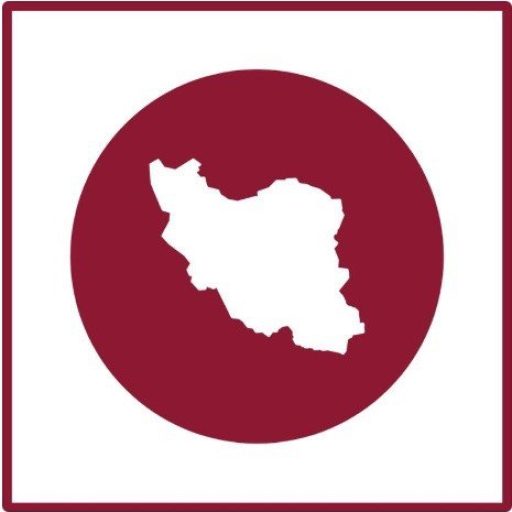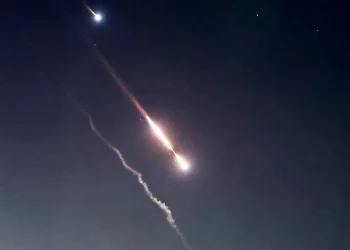Sweat trickled down Ali’s forehead as he navigated the bustling avenues of Tehran. The city was gripped by a suffocating heatwave that had draped the cityscape for the past days. He glanced at his phone: 41°C (106°F) – a merciless battleground where the thermometers recorded their year’s climax, devoid of any soothing breeze for respite. Amid the swelter, locals whispered of a heat unparalleled in the past decade—claims met with a mix of concord and skepticism.
Ali left his modest apartment situated in Tehran’s temperate northern suburb at the foothills of the Alborz Mountains, early in the morning. He had hoped to evade the engorging flames of the heatwave. In his neighborhood, the temperature was usually cooler than in the central and southern areas of the city. But today, even the mountains seemed to be on fire.
He took the metro to get to his office downtown, where he worked as a journalist for a local newspaper. His latest assignment was to shed light on the seemingly apocalyptic heatwave’s implications on the city’s quotidian spectrum. Medics, philanthropists, and governmental officials adorned his reportage, voicing concern over health implications of extreme dehydration and the tumultuous spike in electricity consumption and consequent blackouts plaguing neighborhoods and governmental organizations alike.
Faced with the glaring heat paired with the power demand surges, authorities reorganized the operational hours of government organizations, banking institutions included. The early start and early conclusion of work intended to offset peak hour energy demands, to contain a potential energy crisis.
Ali’s narrative path led him through public parks, commercial malls, restaurants, and mosques—a mosaic of refuge for those seeking to escape the Sun’s unyielding condemnation. He observed individuals sprawled across benches, resorting to dampened cloth and newspaper fans to beat the suffocating heat, while children provided brief moments of respite with their glee-ridden fountain exploits. An aged cab driver was seen praying in the shade, probably asking God for mercy.
Armed with his phone, Ali chronicled the city’s struggles in photos and videos, which he relayed alongside his notes to his editor. His words were purposed to animate awareness and incite empathy in the hearts of his readers, perhaps even ensuring the authorities’ response. Aware that Tehran was in the grip of an arid continental climate of chilling winters and scorching summers, Ali also acknowledged the intensifying contributions of climate alteration, frequent droughts, and desertification as a result of massive constructions year after year.
Reflecting back, Ali remembered Tehran’s sparse “clean” air days from the previous year, with a majority of days labelled as “acceptable” or “unsafe”. Vivid tales of storms with robust winds dispatching dust primarily from Iraq, Syria, Saudi Arabia, and Jordan hung heavily in the air like a dark cloud, as they had over Iran.
In the wake of the relentless heat, dust, and pollution, Ali pondered the sustainability of the phenomenon and the implications of a potential escalation. He found himself grappling with a pertinent question—of personal endurance in the face of these challenges.
Ali decided to end his workday early and go back home. He didn’t feel like staying in the city any longer than necessary. The city, under the solar assault, held no further charm. He set foot towards the nearest metro station in search of a sit-down ride and some air conditioning. As he entered the station, a short line of hopeful individuals greeted his arrival.
Heaving a sigh, Ali merged with the queue, resigning himself to the ensuing transit time of half an hour.
On his final emergence from a metro station, Ali looked up at the sky, hoping to see a cloud or a breeze. But all he saw was a white and shining sun, casting a white-hot spotlight on life, sizzling and searing in the early afternoon.






